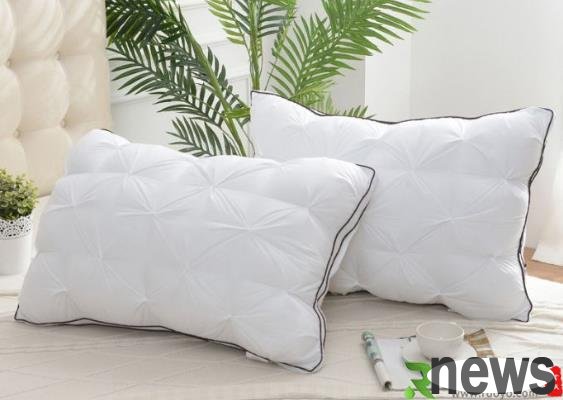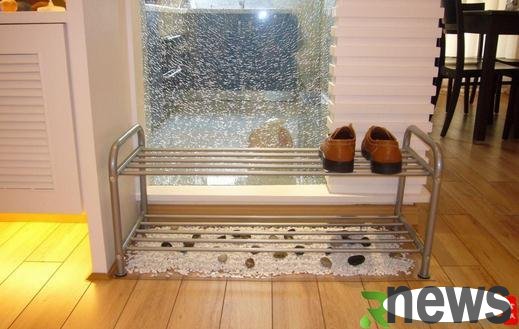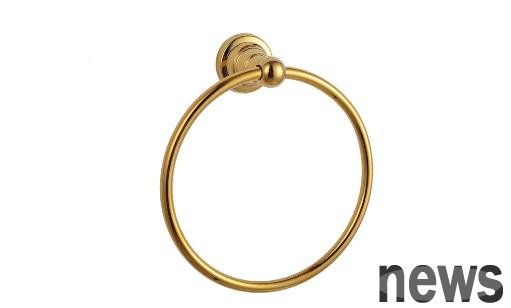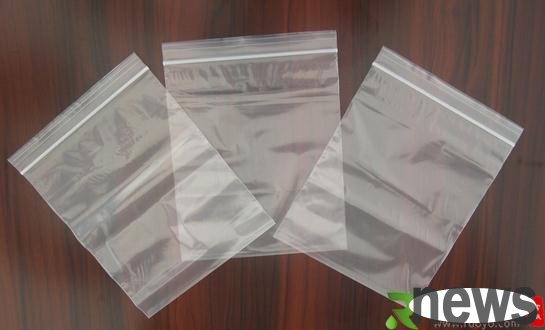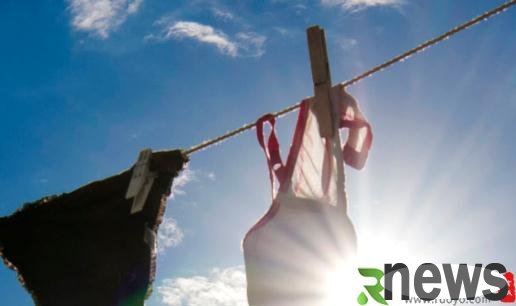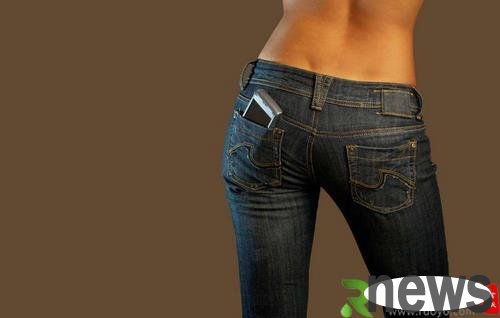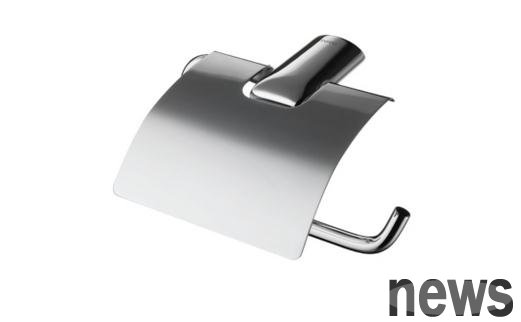How to iron clothes? How to iron clothes How to use an iron
How to iron clothes? The methods for ironing clothes mentioned in this article include: how to master the iron temperature, how to use the iron, the temperature of the fabric ironing, the order of ironing clothes, and how to iron clothes.
【1】How to master the iron temperature
If you use an ordinary non-temperature-regulating electric iron, you can drop water drops on the bottom plate of the heating iron, see the changes in the water droplets and hear the sounds, to judge the approximate temperature of the iron, and determine which type of textile and clothing is suitable for ironing.
①. When it is within 70-100℃, there is no sound of water boiling, the shape of the water droplets spread slowly, and then slowly bubble, the sound of boiling water appears, and evaporates. At this time, the temperature is not suitable for ironing clothes.
②. When it is between 120 and 140℃, a &ldquoise sound is emitted, and the water droplets immediately diffuse, and large blisters appear and evaporate quickly. At this time, the temperature is suitable to directly iron nylon silk-faced clothes, down jackets, nylon-blend clothes, acrylic interwoven blended clothes and polypropylene clothes.
③. When it is 150-160℃, the water droplets first make a &ldquoise "chilling" sound, and then the water droplets change from large to smaller and roll on the bottom plate. At this time, it is suitable to iron polyester clothes and wool polyester blended clothes directly, or directly iron wool clothes or iron nylon, acrylic, and polypropylene clothes under matte cloth.
④. When it is between 170 and 190℃, it makes a &ldquo sound, and the water droplets jump on the iron and land. The temperature at this time is suitable for ironing silk clothes and cotton fabrics, artificial cotton fabrics, and artificial rayon fabrics. You can also use dry cloth or tarpaulin to iron wool clothes, polyester and blended clothes.
⑤. When it is between 200 and 250℃, a short and crisp sound is made, and the water droplets immediately splash. This temperature is suitable for placing a wet tart cloth to iron various wool clothes and tweed clothes, but do not stay in the parts where the tart cloth has been dried, so as not to appear "gloss" on the parts under the tart cloth or make the wool fabric turn yellow.
The temperature mentioned above is not absolute, there may be a few degrees of difference. It will not have much impact on the surface of the clothing at about 5℃.
【2】How to use an iron
①. When using a non-temperature-controlled iron, you can turn on the power iron under low temperature conditions. However, during ironing, you must be proficient in the cooperation between the left and right hands and not take too long to prevent the iron temperature from rising rapidly. If you need to iron for a long time, turn off the power supply after the temperature is appropriate.
When turning on the power supply to iron, always pay attention to the ironing effect and fabric changes, especially the color and odor of natural fiber fabrics and materials. If there is any slight change, the power supply should be cut off immediately. When the temperature is not enough during ironing, turn on the power supply.
When ironing with wet water cloth, the iron needs to differentiate water into steam, so the temperature drops quickly, and even if the power supply is not turned off, there will be insufficient heat. At this time, you should slow down the ironing speed. You can master the operation of the iron light first and then heavy, so that the moisture evaporates and diffuses evenly and the temperature distribution is evenly distributed.
②. When using a temperature-regulating electric iron, you should master the ironing temperature of various fiber grades determined by the iron, because it is formulated based on the most basic safety factor of the fiber, and it will not evenly iron the clothes at all with this temperature. Therefore, during ironing, it is best to increase the fiber ironing temperature by another level, and if necessary, it can also be adjusted to a higher level.
【3】Mind the temperature of fabric ironing
wool fabric (thin): ironing temperature is about 120℃;
Wool fabric (thickness): ironing temperature is about 200℃;
Cotton fabric: ironing temperature is 160-180℃;
Silk fabric: ironing temperature is about 120℃;
Seam fabric: ironing temperature is below 100℃, generally not ironing;
Polyester fabric: ironing temperature is about 1 30℃;
Nylon fabric: ironing temperature is about 100℃;
Polyester cotton or polyester viscose-blend textile: ironing temperature is about 150℃;
Polyester wool blend fabric: ironing temperature is about 150℃;
Polyester nitrile blend fabric: ironing temperature is 140℃;
Chemical fiber imitation silk; ironing temperature is about 130℃;
Cotton blend fabric: ironing temperature is about 100℃ (optional to dry hot).
【4】Sequence of ironing clothes
Principles of ironing: (1) First ironing the back side, then the front side; (2) First ironing the part, then the whole.
The ironing order of the top is: sewing — squid — placket — pocket — back body — predecessor — rotator sleeve — collar.
The ironing order of trousers is: waist — trouser seams — trouser legs — trouser body.
The ironing order of the shirt is: sewing — sleeve — collar — back body — small pleats — placket — front shoulder.
【5】How to iron clothes
①. The clothes to be ironed must be washed and do not dry them. If the clothes are too dry, you need to place them on a smooth board and spray water evenly before ironing, or lay a wet cloth on the clothes to iron them flat.
②. When ironing clothes, you can place the washed tablecloth and bed sheets under the clothes and pay a little attention to moving the position. In this way, while ironing clothes, the tablecloths and bed sheets will become as flat as before.
③. If the iron is not very smooth when used, use old cotton cloth to wrap some candle pieces and rub the bottom of the iron.
④. If unwashed or unironed clothes have mold spots after storage for a long time, wash them with vinegar water and iron them before they can be eliminated. When ironing silk fabrics, iron them lightly from the back side and do not spray water. If the water is not evenly sprayed, wrinkles will appear in some places..
⑤. The wavy cloth used must be intact cotton fabrics, because the temperature that cotton fabrics can withstand in ironing is the highest among textiles; if the wavy cloth is damaged or slightly damaged, the wool fabric or blended textile under the wavy cloth cannot withstand the changes caused by high temperatures and will damage the fabric.
⑥. When ironing, iron the material according to the lines of the clothing. If there are obliquely cut materials, the material should also be ironed according to the lines.
⑦. Under normal circumstances, iron the reverse side first, then the front side; iron the thicker ones first, then the thin ones first; iron nylon first, then the cotton and linen.
⑧. If the wrinkles of the clothes are too deep and are not easy to iron, you can spray some vinegar on it and then burn it, which will easily be ironed.
⑨. When ironing women's clothes, spray a few drops of perfume first. After ironing, the clothes will emit a faint fragrance, so that they will feel refreshed after wearing them.
⑩. It is not advisable to use wet cloth when ironing Viagra fabrics, because Viagra is made of blended vitiligo cotton and natural cotton. It has different characteristics from other fabrics. It has good heat resistance when dry, but its heat resistance appears poor when wet. If you put a wet cloth when ironing such fabrics, when the water temperature rises to 90-100℃, its strength will drop by 20%. When the water temperature exceeds 100℃, the Viron cloth will cause severe shrinkage, making the cloth harder and brittle, thereby greatly shortening its wearable life. Therefore, do not place damp cloth when ironing Viagra fabrics.
(11), Silk fabrics are accidentally scalded yellow. You can mix a little soda powder into a paste and apply it to the scorch marks. After the water evaporates, then apply a wet cloth to iron to eliminate the yellow marks.
(12), Wool clothes have shrinkage properties. The method of ironing wool clothes should be placed on the back and then ironed. When the tweed material is ironed yellow, you can first wash it to make the yellowed area lose the fluff and expose the base yarn. Then gently rub the lint with the needle tip until the new fluff is picked up, and then apply a wet cloth to iron along the backwards of the fabric fluff.
(13), Leather clothing wrinkles, the temperature should not be too high when ironing. When ironing, you must use a cotton cloth to pad it, and then move the iron back and forth evenly.
(14), Knitted clothes are easy to deform, and they should not be pressed heavily, just press them gently. When ironing the tie, first cut a piece of lining with thicker paper and insert it into the back of the tie, and then iron it. This way the ironed tie is flat and beautiful.
(15) Down clothing should not be ironed with an electric iron. If wrinkles occur, you can use a large enamel teapot filled with boiling water, and place a wet cloth on the down jacket and then iron it. This will not damage the fabric and can also avoid ugly light marks on the surface of the clothes.
(16) The ironed clothes should be hung immediately, one is to dissipate the hot flashes and keep them firm; the other is to reduce the possibility of mold and odor.


